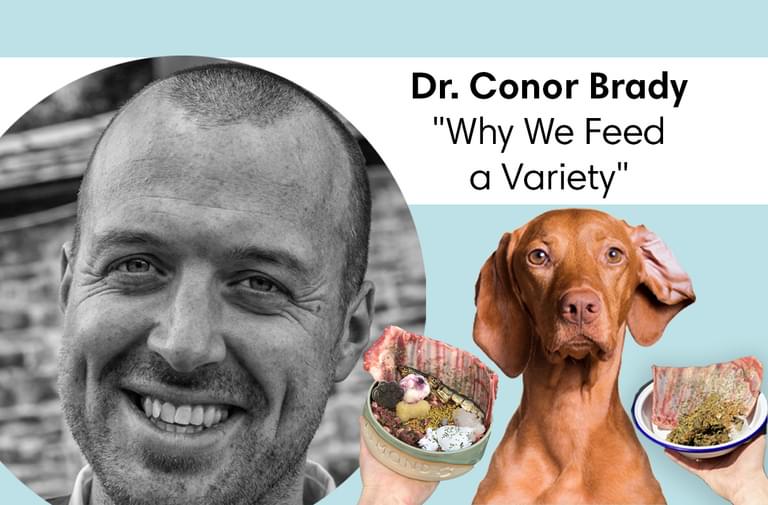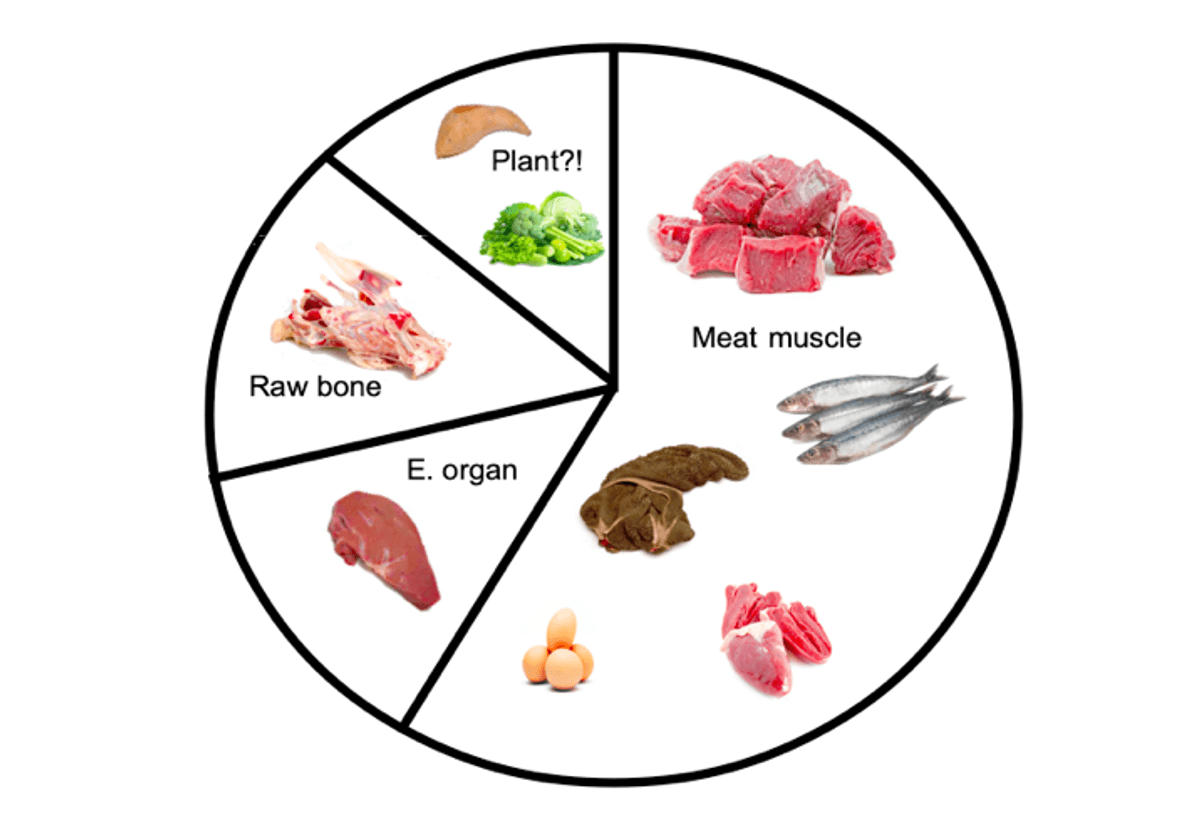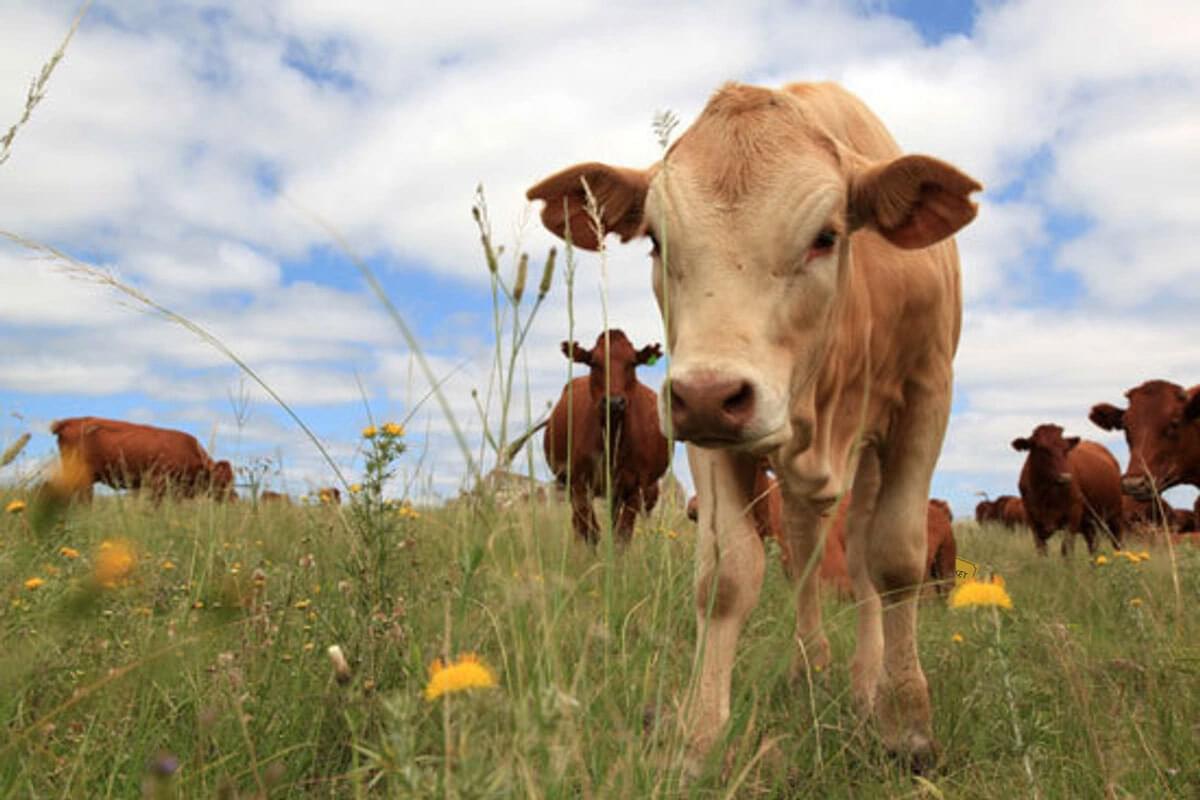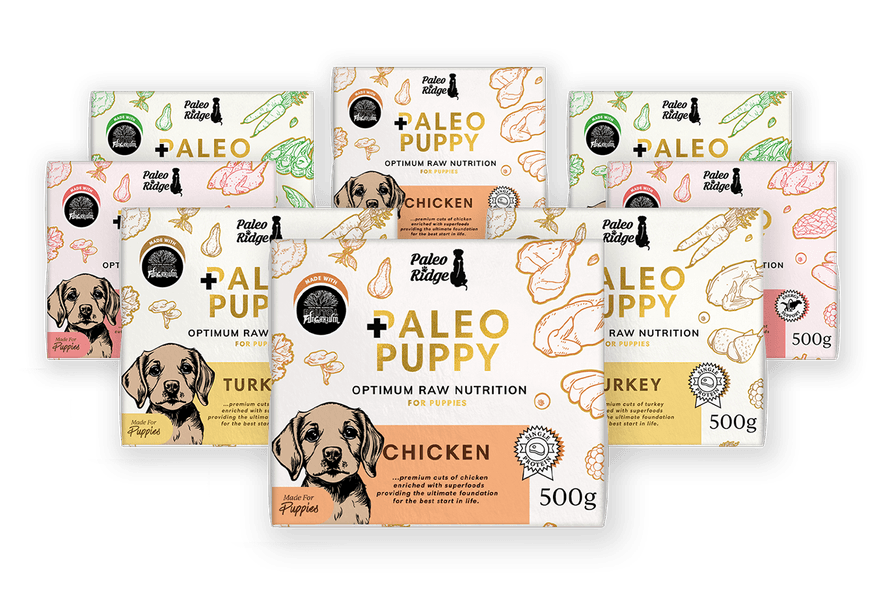Organ meat is highly nutritious. Each is potentially host to a cacophony of vital chemical compounds, many unique to that organ itself. The eye is a great example. Lutein and zeaxanthin are essential to eye function. Lutein is only synthesised by plants while zeaxanthin is best sourced from plants (some microorganisms can produce some zeaxanthin). You have two options at this point. Make it yourself (mammals can’t), eat something containing it (less likely for true carnivores) or eat someone who has some. As they are stored in the retina, the occasional eyeball might save a carnivore a trip to the opticians. This is why the occasional fish head (eyes and brains) is fantastic food for a dog, it's a rare chance to get at bits rarely included in normal pre-made raw dog food.
And then there' pancreas. Paleo Plus is one of the few pre-mades I know in existence that uses it. It was included, as we know from horrible experiments in the early 20th century it is incredibly good for dogs. Scientists were examining pig’s pancreas to find out how to help a human being with diabetes. They discovered insulin and started injecting it into patients with diabetes, saving many lives, certainly of late. However, pancreas also contains digestive enzymes (that is its role, after all) as well as glucagon which assists in blood glucose levels, amylin which controls how fast the gut empties and ultimately the food intake and a variety of pancreatic and vasoactive polypeptides. In fact, authors discovered that the addition of raw pancreas to de-pancreatised dogs fed a meat and sugar diet greatly increases their longevity compared to dogs that are not fed it, even though these dogs were on insulin therapy.
Why would you leave such bits out
should really be the question!
So each and every meat part, organ and veg addition offer a plethora of cool fats, amino acids and often entirely unique bioactive compounds to the animal. We want them all!!! So, if feeding pre-made raw dog foods, make sure to vary up what you're offering your dog, different flavours for sure but also don't be afraid to add things to his bowl whenever you can. If you're doing DIY, include them all in the rough proportions you see above and your dog will be more than fine. In fact, he will now be consuming nutrients at an optimum
level.
Side note: Should your dog be sick and require extra nutrients...
The glorious thing about using real food is that should a blood test reveals your raw-fed dog’s needs a little more x or y, you are now empowered to tweak his diet a little to top up what's missing. Need more omega 3? You’re getting more fresh sardines buddy. Need more vitamin E? He's getting some seed/nut oil like flaxseed. Need more b complex? You’re getting mushed dark greens. Need more vitamin A or D, you’re getting more liver. It’s not rocket science. Google or the likes are strong here - “Alexia, what are the best food sources for choline”…
As always however, you need to identify what happened that caused the growing need of that nutrient. For example, a dog eating a high carb diet that gets pancreatitis WILL NEED more vitamin E to help fight the fat building in his blood. The solution here, obviously, is not just adding more vitamin E but to change his diet immediately to a fresh, species-appropriate diet with zero carbs – his blood fat will fall and you won’t need that vitamin E anymore, at least beyond a few days while we get him stabilised. And don't forget to check again in a few months to see if the issue has resolved.





